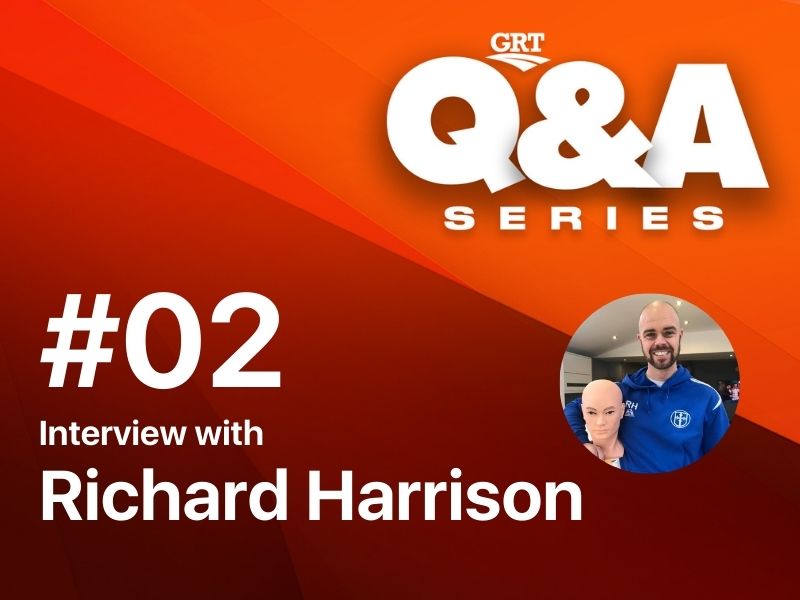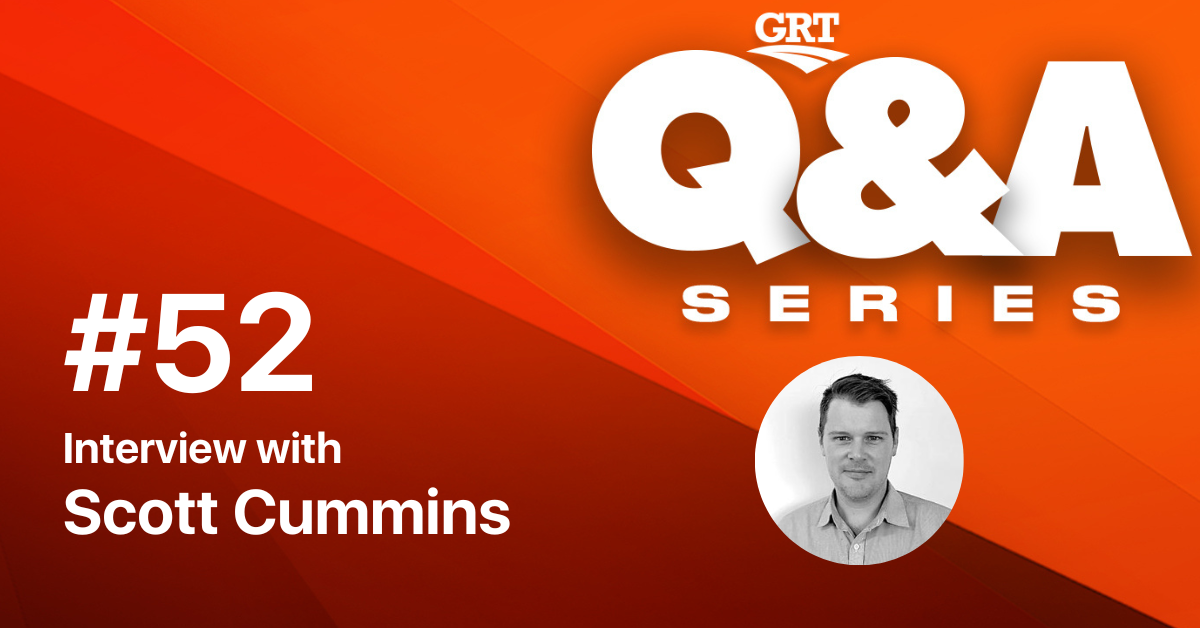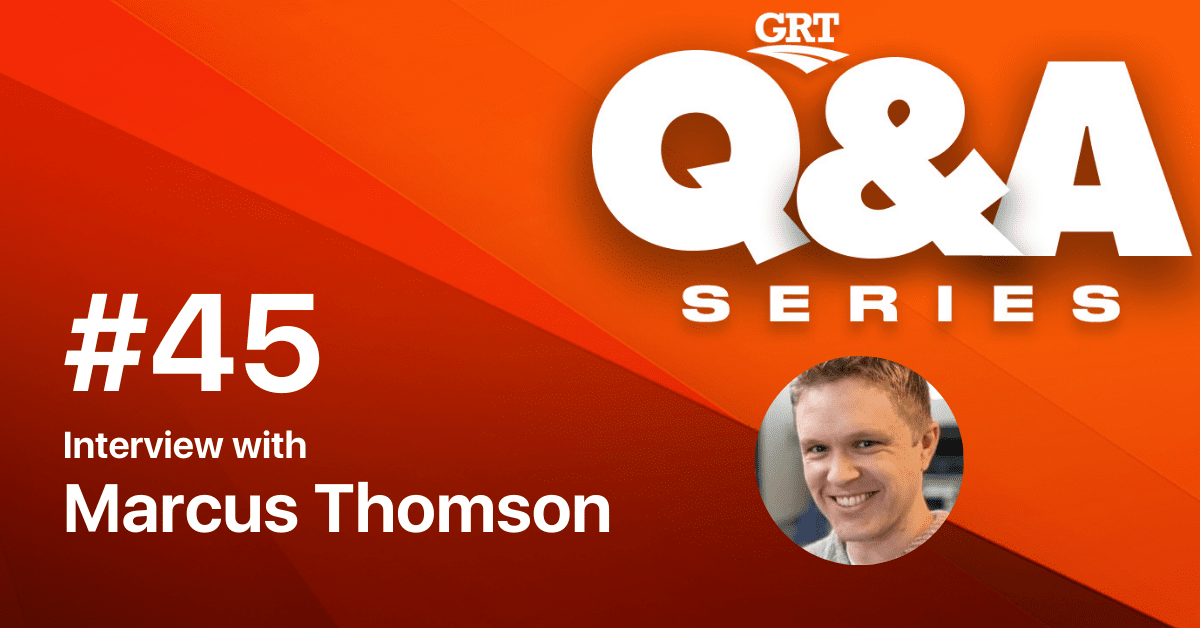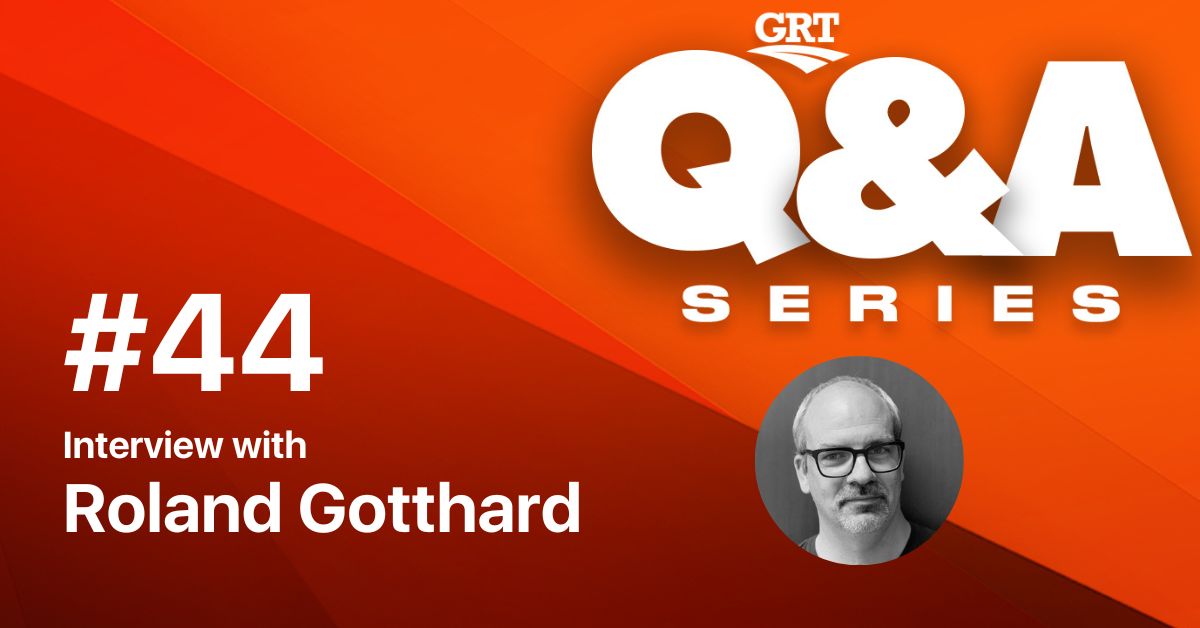Q&A Series #02: Interview with Richard Harrison

About the guest
Richard Harrison is the Co-Owner and Managing Director of Harrisons of Hull Ltd in the United Kingdom (UK).
Harrisons is on a mission to protect and educate people that are using respiratory protection as a control measure at work. Harrisons of Hull are not only experts in the field of face fit testing and training, but also provide clients with an unrivalled level of service.
The topic of discussion: Respiratory protective equipment
Respiratory protective equipment (RPE) can be segmented into air-purifying respirators and self-contained breathing apparatus which are personal protective equipment (PPE) designed to protect the wearer from airborne contaminants such as –
- coal dust
- silica dust
- asbestos dust
- welding fumes
- metalliferous dust
- hazardous chemicals
- low levels of oxygen
- infectious substances
In this Q&A session, we learn more about RPE from Richard Harrison, Managing Director of Harrisons of Hull Ltd in the United Kingdom (UK).
Q1: Which applications use respiratory protective equipment?
Any work environment where airborne contaminants compromise the respiratory system, require occupational health and safety protocols to be followed to comply with respiratory protection standards. These are some of the applications that use RPE:
- Oil & Gas
- Metals and Mining
- Construction
- Healthcare
- Defence
- Fire Services
Q2: What are the types of respiratory protective equipment?
RPE falls into air purifying and air supplied categories. The air purifying options are further divided into unpowered and powered RPE.
Therefore, RPE comes in many forms, commonly these include:
- Filtering Facepieces,
- Reusable Half Masks,
- Full Face Masks
- Loose Fitting Visors/Hoods.
Q3: What are the lessons you have learnt in your experience dealing with respiratory protective equipment?
Lesson 1: It’s great when companies and workers identify the correct filter type to protect themselves against the respirable hazards they face.
Lesson 2: Unfortunately, most are unaware that whilst the filter type may be correct, if the respirator does not seal against the wearer’s face properly, the filters are not given the opportunity to work and protect as effectively as they should, as the air, when breathed in travels through the break in the face seal and not the filters. Unbeknown to the wearer, this results in the hazard entering the respiratory system. Two main causes of this are respirators that do not fit the wearer and the wearer’s ability to put the respirator on correctly.
Lesson 3: Facial hair also significantly affects the contact of tight-fitting respirators against the skin. It is a requirement in the UK that those wearing tight-fitting respirators should be clean shaven in the area of the face seal. Face fit testing should also be performed with the wearer in this clean shaven state.
Lesson 4: The human interface with the respirator is crucial for its performance but this is neglected by users across the globe. Changes in fashion have seen it become common place for male workers to wear facial hair which is a significant issue in industries like construction where protection against silica and wood dust is crucial.
Lesson 5: Any employee wearing tight-fitting respiratory protection in the UK as a risk assessment control measure should have passed a face fit test and be trained on the equipment they are being provided. Quantitative and Qualitative face fit testing methods are used to determine if the respirator fits the wearer properly and is able to offer the right level of protection should it be maintained and worn properly.
Lesson 6: The Quantitative (Condensation Particle Counting) method of testing compares the amount of particles found within the respirator, in the wearer’s breathing zone, against the amount of particles in the ambient air around them. This method provides a numerical value for the level of fit.
Lesson 7: The Qualitative method relies on the wearers ability to sense a bitter or sweet testing agent by taste whilst wearing the respirator. This method does not provide numerical values but assumes a numerical level has either been achieved or not achieved. This method is not suitable for full face masks. It is essential that face fit testing be carried out by competent testers. In the UK this can be demonstrated by achieving Fit2Fit accreditation.
To learn more about respiratory protective equipment, visit – https://www.harrisonsofhull.com/

Keith Nare
Technical Head of Communications for GRT, Keith leads GRT's content strategy across various platforms, whilst coordinating internally to build the voice and opinions of the GRT team. Keith is a product of Nelson Mandela University and his PhD work focuses on Polymer and Physical Chemistry. He was a Research Associate at SANRAL in South Africa and later spent time as a Visiting Research Associate to NTEC at the University of Nottingham in the UK. He is a former Director of Communications for CALROBO in the USA.
Keith is passionate and enthusiastic about health and safety, sustainability, networking and finding synergy through conversations.
Related Interviews
MORE INDUSTRY ARTICLES
Nothing found.










